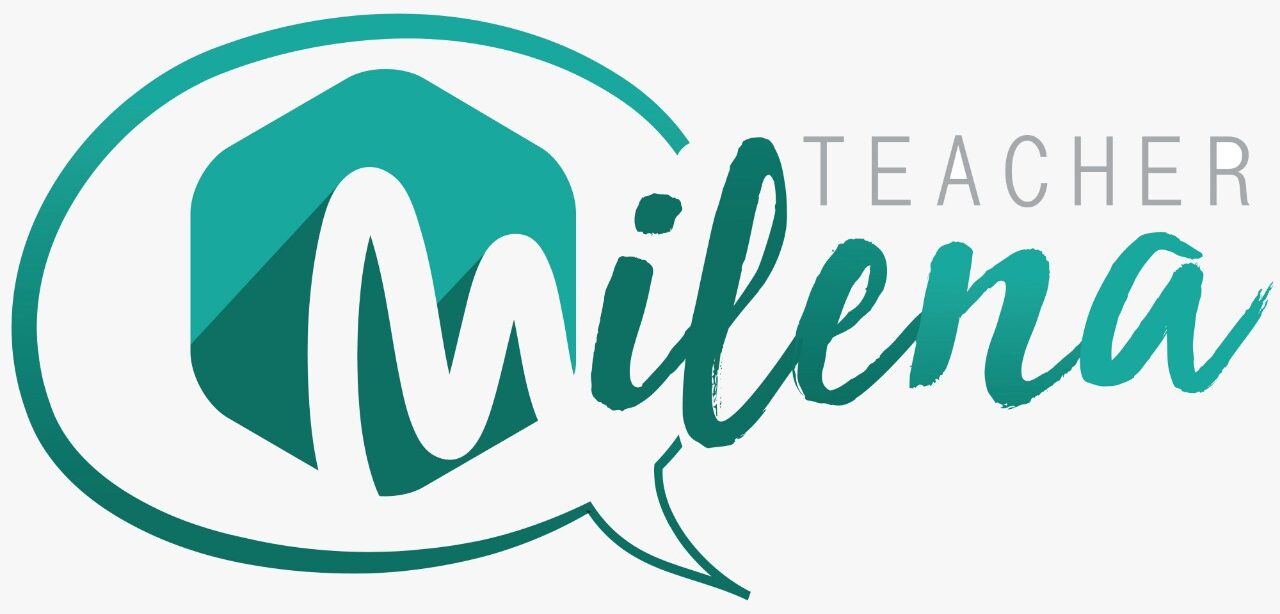My dear English teachers and Bilingual teachers out there. Newbies or with more than 20 years of witchcraft in the caldron. Grab a cup of coffee and let’s talk about SCAFFOLDING.
The word SCAFFOLDING was first used in educational contexts in 1976. In simple terms, scaffolding is a “temporary structure on the outside of a building, used by workers while building, repairing or cleaning the building”. And that’s what it is. A temporary help will be given by the teacher in order to help students achieve higher levels of proficiency with the language.
Simple, right? No…not that simple.
First of all, when I am using scaffolding in my CLIL classroom I am not simply helping my students complete a task or an activity. I am helping him use the knowledge he already has while acquiring new structures in order to achieve higher levels of language proficiency. Everything that will be scaffolded will be part of the knowledge they will acquire, internalize (and successfully use) while moving forward in their studies.
In the educational scenario, scaffolding can be described as the “temporary, but essential, nature of the mentor’s assistance” in supporting learners carry out tasks successfully (Maybin, Mercer, and Stierer, 1992)
Students need a challenge when learning a new language. Our brains need a challenge if we want to effectively use a new language. If I am always using simple structures (grammatically speaking) and simple vocabulary, day-by-day language (or BICS if you prefer a more educational terminology), my students will only have that level of language.
How do I move them from BICS to CALPS…how do I make them go one step ahead…if they don’t move to a more advanced level, to a more academic vocabulary with more elaborate grammar structures, they won’t be able to move on with their learning into the bilingual program.
Think about a Geography class for example in a bilingual school. The academic language, the language specific to the Geography context, the vocabulary, and structures required for the students to understand the texts and perform the tasks – all that need to be scaffolded. And maybe we can scaffold it better when we bring to the surface the knowledge that the students already have over the topic, when we bring activities with the specific language and structures students are going to need in order to understand the topic, debate, and accomplish the tasks, rather than just giving students a list of new words with their translations into the mother tongue so that they can understand the text, right?
Important to think about when we are PREPARING our classes: (that`s the moment when the magic begins to happen; when we try to foresee what students will need, how, how much and when…a crystal ball would be useful sometimes, wouldn’t it?)
how to tap into their prior knowledge?
That’s something many teachers – myself included – don’t use enough. Maybe because we don’t have enough time for everything we have to do, maybe because we fall into the cracks of the schools’ calendar and don’t consider the possibility of spending way too much time with activity students already know and then have no time to dig deeper into the new knowledge – which will then miss all the practice required in order to be acquired.
Have you ever spent hours preparing a task that you thought would take the class 1 hour to do and then they finished it in 15 minutes and then you had the evoke the magician inside of you and perform all the tricks you possibly could with the other 45 minutes?
what is the goal of my class? what do I want them to learn? why?
what is necessary (vocabulary and structure) to understand the content?
what is necessary (vocabulary and structure) to perform the task?
There is a difference regarding the language for the content and the language for the task (especially if the context the school is situated brings two teachers – the content teacher and the language teacher working together). Are they using all that vocabulary and structures after the class? can they freely produce (write or speak) with that language and that structure?
how do I know I am not giving them the information or even the translation rather than scaffolding?
That’s a tricky one. And we may have to try may strategies first in order to differentiate what we have been doing in the classroom.
I consider it useful to have a teacher shoulder to cry on and check our scaffolding once in a while (and let’s face it…we have cried a lot lately in the educational scenario).
What scaffolding strategies and activities have you used that were extremely useful and which ones were not so fruitful?
For quite some time in the past, I considered a list of words with translations (when working with text comprehension) to be very useful. But then I realized they did not memorize the words, never used those words in any given task and they did not make the text more attractive (depending on the list, it would even trigger desperation in the terms of: “oh my God the text is very difficult or too boring or way too long!!!)
But then I shifted to group brainstorming the topic of the text before, using their info from the brainstorm to bring the new vocabulary to the surface, and then the results were different.
Scaffolding requires practice and time. We don’t just wake up and start seeing everything differently. It requires a new look over our own practices. So let’s prepare more coffee…and scaffold!!!


